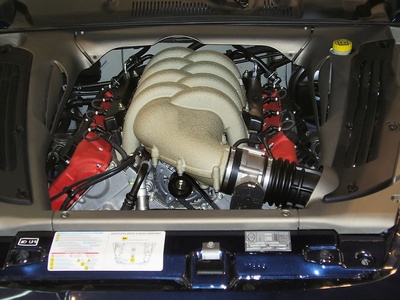
Starting and idling problems are among the most common issues with automotive engines. The 5.0 liter Ford, found in pre-1996 mustangs, is no exception. Troubleshooting the cause of such problems based on specific symptoms quickly identifies the source and dictates the course of action needed to repair.
Inspect the battery terminals and posts for corrosion or loose connections when the engine fails to start. Remove the terminals from the battery posts and clean both with a wire brush. A coating of lite oil on the terminals and posts before re-assembly will help to prevent future corrosion.
Check the battery charge with a battery tester or charger if the engine does not turn over. A common symptom of a low battery charge sounds like the engine dragging when the ignition is engaged. Hearing a tapping sound while attempting to start the engine is also an indication of a low battery charge or poor battery to terminal connection.
Check the engine for vacuum leaks when engine idles erratically, or immediately dies after start-up. Re-torque the manifold intake bolts and inspect the vacuum hose-end connections. Cracked hoses or fittings may indicate a leaking vacuum hose. Replace hoses and tubes that appear to be rotting.
Remove the air filter and replace it if dirty. A clogged air filter may allow an engine to start initially, but will not allow an adequate flow of air to the engine to sustain combustion. To test this condition, remove the air filter and start the engine briefly. If the engine idles smoother with the filter removed, a new air filter is necessary.
Examine the spark plug wires and condition of the spark plugs when engine is rough running. Even a relatively new spark plug will occasionally fail. Remove each plug one at a time and re-check the gap. Look for fouling or burned spots indicating a faulty plug. Replace plug wires when they appear brittle or cracking.
Pull the distributor cap and closely examine it for cracks or excessive wear. An engine will crank normally with a faulty distributor, but will not fire to start. Replace the distributor cap and rotor with new if signs of carbon-like buildup are apparent.